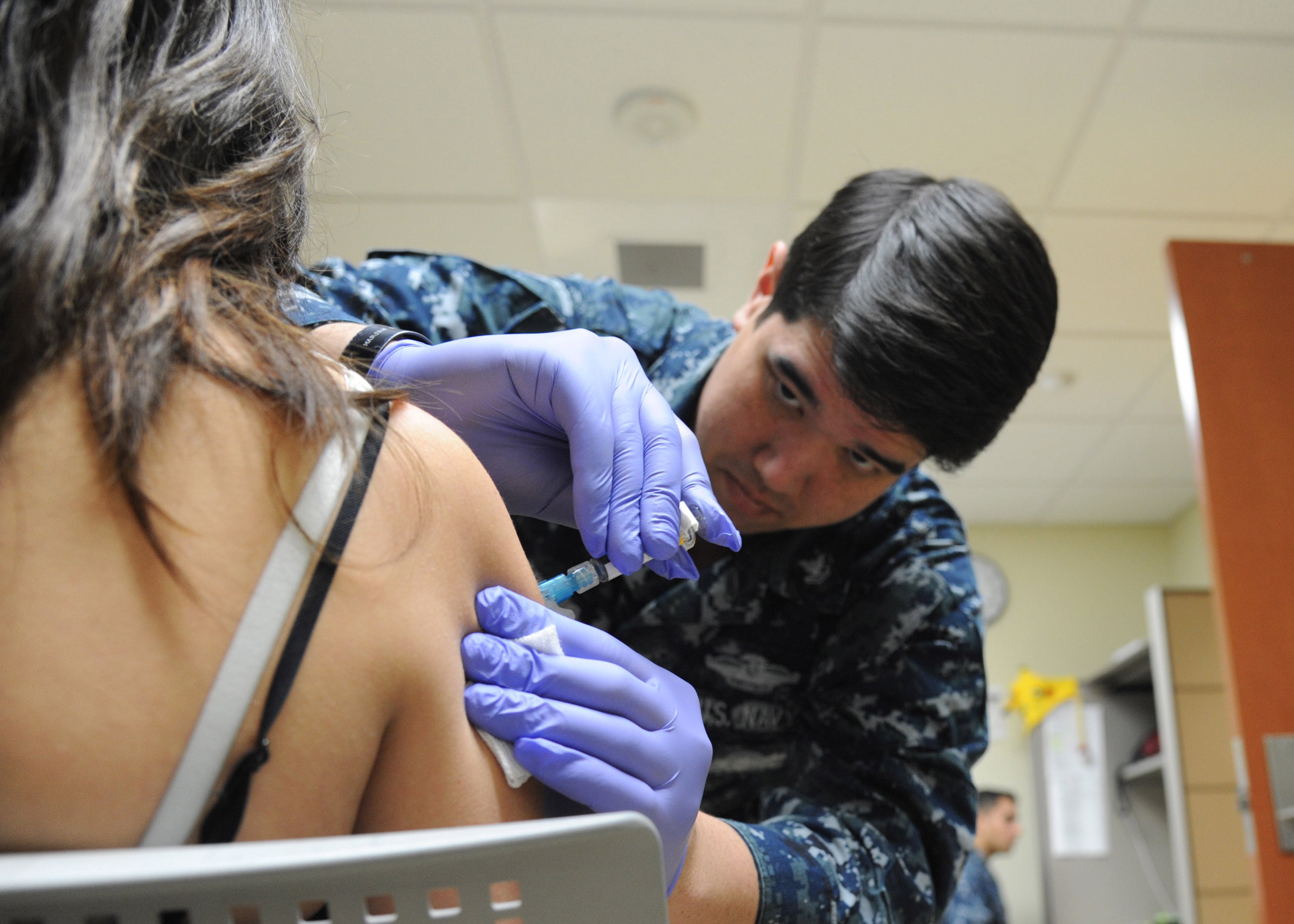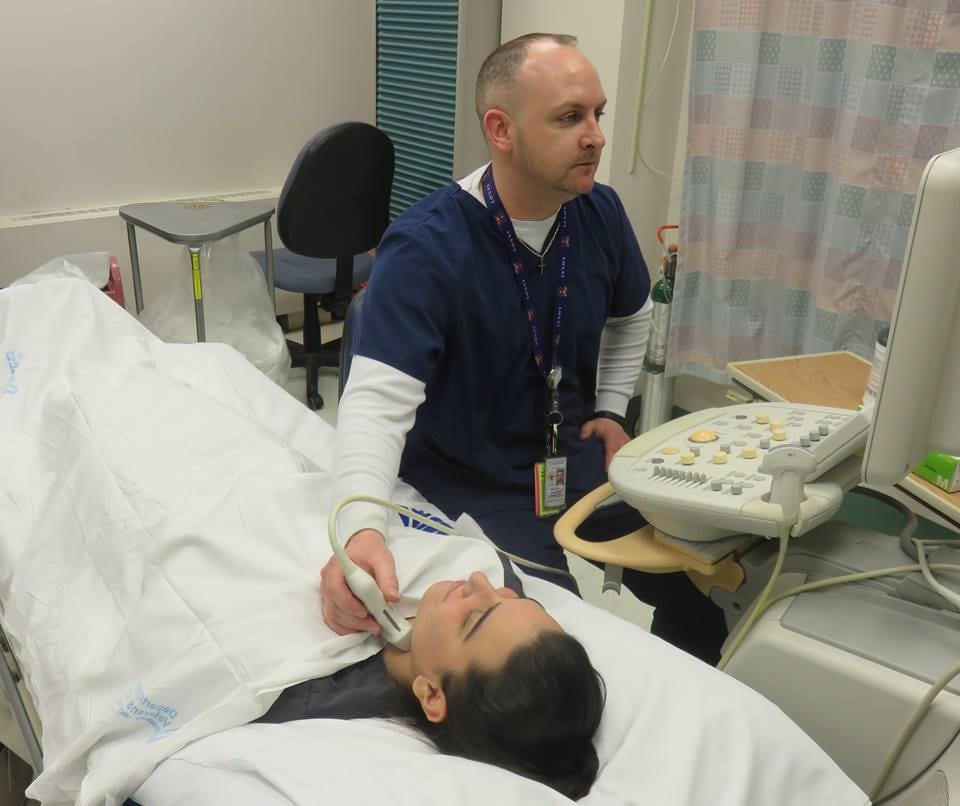FORT BENNING, Ga. — In a simulated clearing mission Tuesday night, soldiers testing a variety of new gear stopped suddenly in the woods. They split, flanked an "enemy" squad of soldiers, and "killed" them all with a barrage of blanks simulating machine gun and rifle fire. It wasn't a fair fight.
Soldiers participating in the Army Expeditionary Warrior Experiments try out new technologies offered by industry, as well as some government-sponsored initiatives, over a four-week period. The latest iteration, which concludes Friday, examined small unmanned aerial vehicles, better camo and more lethal grenades.
If successful, these technologies could be fast-tracked for soldier use, or flagged for further investigation. Soldiers play an important role, providing critical feedback to the designers on how to make the gear more effective to their missions.
"We've got to connect to soldiers," Fort Benning's commanding general, Maj. Gen. Scott Miller, told a group of Army leaders Tuesday before a product demonstration. "If it doesn't stand the test of a soldier being able to pick up a piece of a piece of equipment, find value-add in that piece of equipment — whether it's vehicle, weapons system, a device that increases bandwidth at the lowest level — it almost doesn't matter."
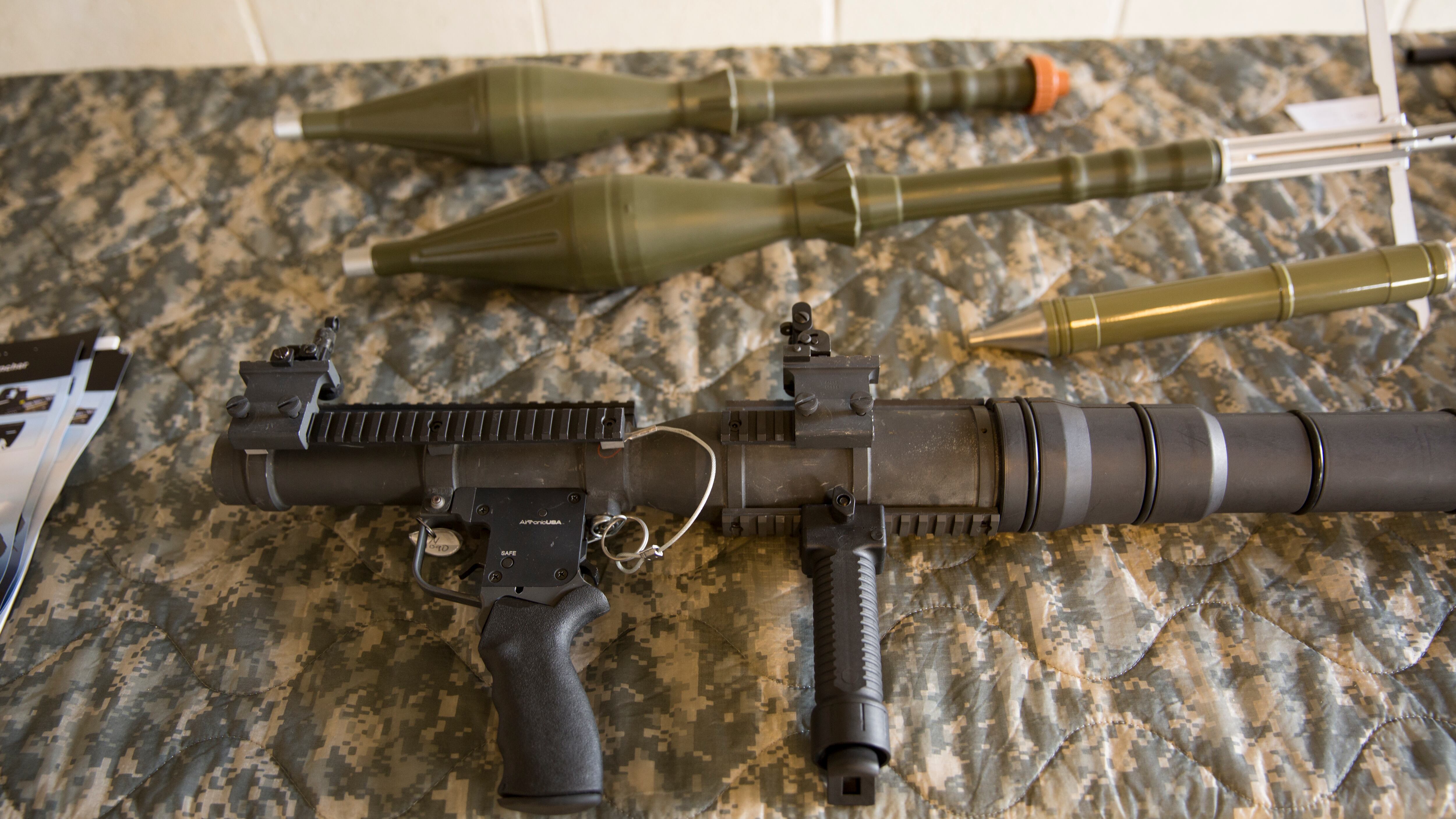
An American-made RPG-7 is on display during a demo day at the Army Expeditionary Warrior Experiments exercise at Fort Benning on Tuesday.
Photo Credit: Mike Morones/Staff
The technology, like some being tested, has seen some application in the field, but the Army is always looking to find the next-generation standard.
Over the course of the last several weeks, dozens of new technologies have been tested.
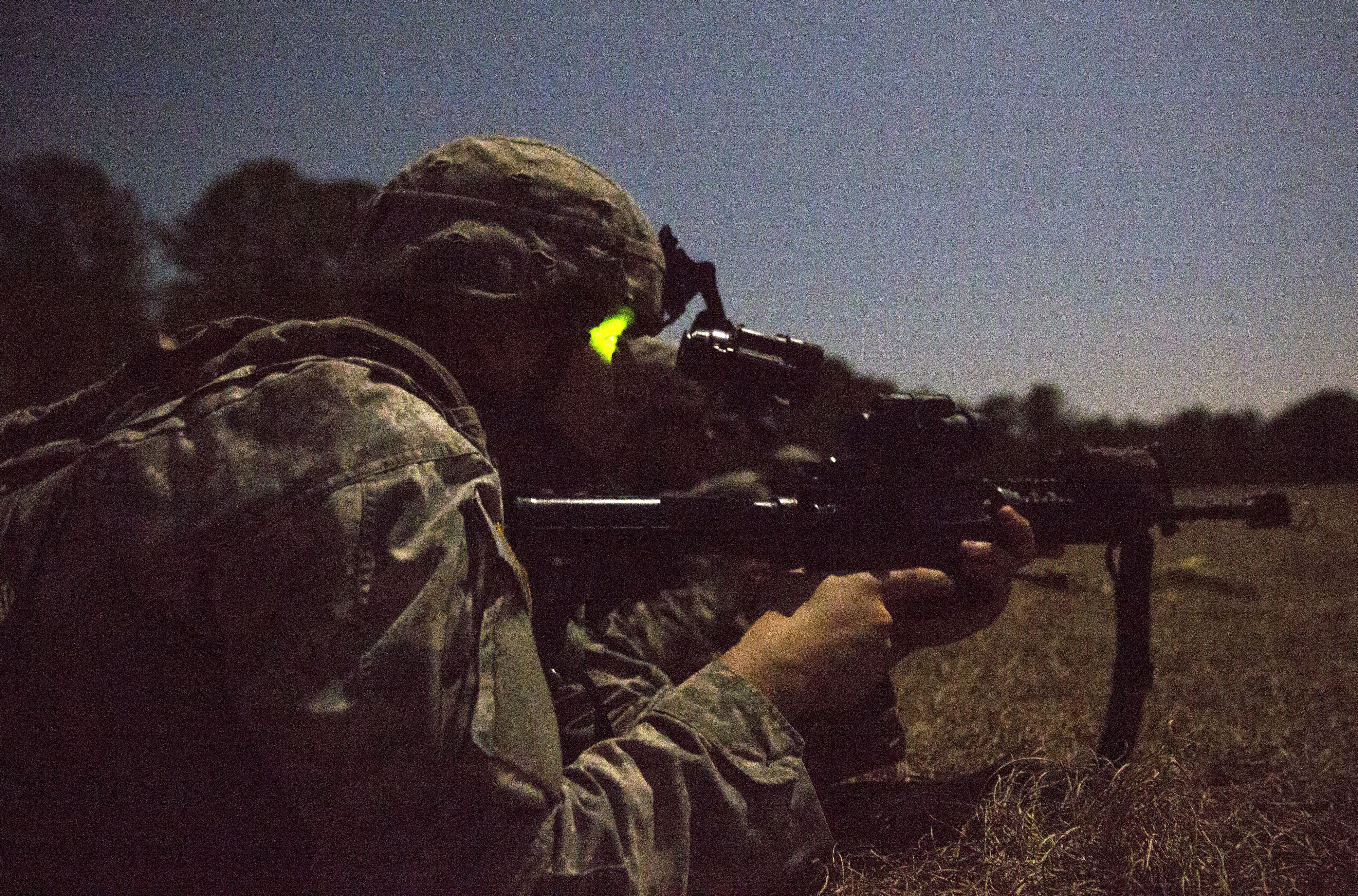
A soldier uses improved night vision opticsduring the Army Expeditionary Warrior Experiments.
Photo Credit: Mike Morones/Staff
Another, the PD-100 Black Hornet, already in use by British and Norwegian forces, is virtually silent and is small enough to hide in a six-inch Subway sandwich.
A couple weeks ago, live-fire trials of a new American-made repeat-fire RPG launcher and modular grenades also drew positive reviews from soldiers. A new camouflage and signature concealment system offers concealment from not only visual but thermal and radar detection to both individuals and entire vehicles.
Not everything gets a high mark, and even when soldiers like the technology, they'll generally tell providers the hard truths.
One particular radio-network capability converts Soldier Radio Wave (short-distance, platoon-level radio and data network) to a Single Channel Ground and Airborne Radio System (longer-range, point to point radio that links to brigade-level leadership).
Soldiers told Army Times the conversion equipment worked, but that it was not without it's flaws.
"Just the fact that it was able to work, I was impressed," said Sgt. 1st Class Chad Emerson. "We'll tear it up pretty bad ... and they'll start from scratch again….Yes it would probably work right now, but it needed to be better."
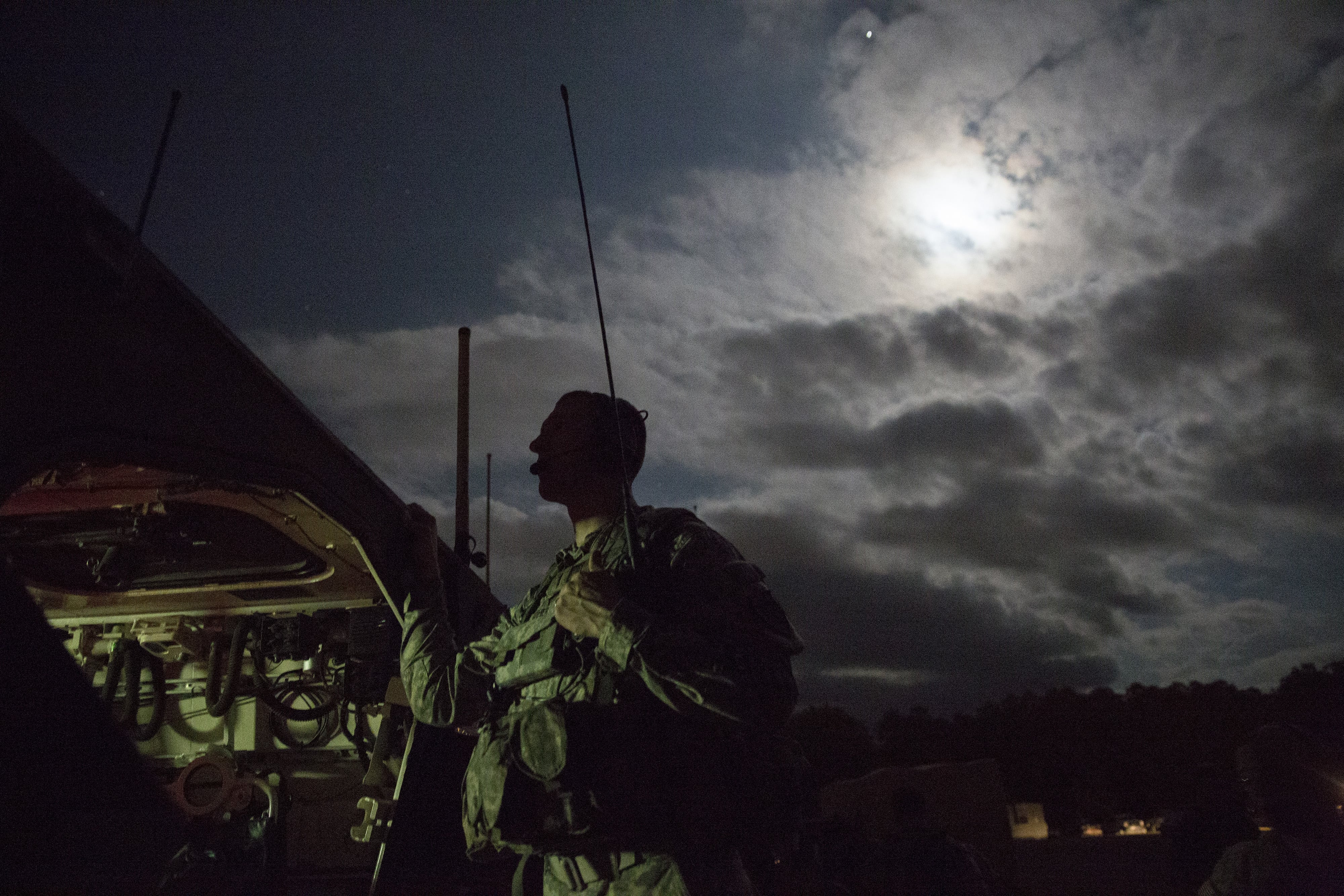
AEWE is testing nearly 70 different technologies in the field.
Photo Credit: Mike Morones/Staff



